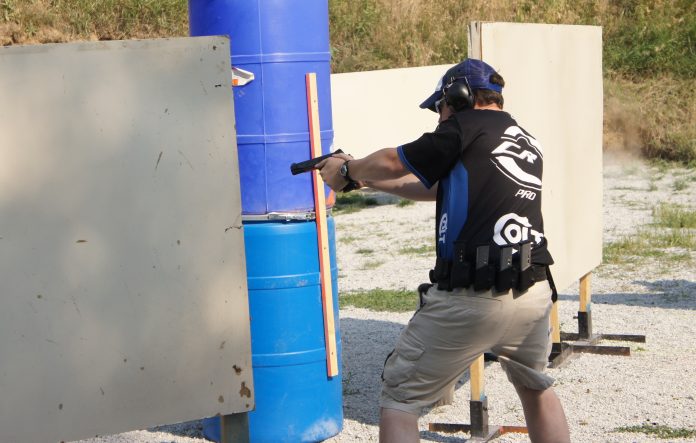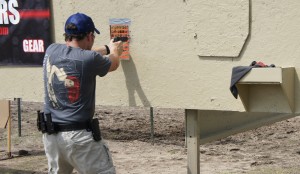
“I want to get better at shooting,” said the student to the teacher. That’s awesome, because everyone who carries a gun should want to get better at shooting. But it’s also really broad, and is the sort of thing that can lead to frustration on the part of the shooter when they don’t feel like they’re progressing towards their goal.
This is why I believe it’s incredibly important to set clear, defined goals. I’ve talked about goal setting and training a lot, and I’m going to continue to beat this drum as long as my fingers still work the keyboard. It’s the only way to make true progress, and the best way to measure progress as well. Let’s take that goal of “I want to get better at shooting” and break down into an actual achievable training program.
Right now, I’m an A-class USPSA shooter. I want to get better at shooting. Okay, what’s better? Being a Master class shooter is better. Immediately I change my goal from “I want to get better” to “I want to be a Master class USPSA shooter.” Now that I know where I’m going with this goal, I can look at what performance I need to enhance in order to get there. Because my goal is focused around classification, the best thing I can do is focus on the skills that are tested by classifiers – fundamental marksmanship and gun handling skills, primarily. Draws, transitions, and reloads. Most classifiers don’t have a lot of movement, so I can omit positional drills from my practice for the time being.
Next I want to break that larger goal down into smaller goals. If I want to make Master, I can identify critical performance areas that I can improve in order to meet that goal. For example, something like this:
- I want to be able to draw and fire two shots to an A-zone in less than a second from my USPSA holster.
- I want to be able to do a shot-to-shot speed reload to an A-zone hit in less than 1.5 seconds from my USPSA magazine pouches.
- I want to be able to transition on close targets in less than 0.30 seconds shot-to-shot
Those are all goals that will help achieve my overarching goal of making Master in USPSA. Now that they’re established, I can then look at what training I should implement in order to get there. For all of these goals, the training would be a mix of dry fire and live fire. Working on draws I’d want to practice dry fire draws both with no par time and with a par time. The idea is to use dry fire to eliminate wasted movement on the draw and build a solid, consistent index where the gun arrives in my eyeline on target. Then I’d take that skill to the range and test it in live fire, again off the clock and using a par time.
The same is true for transitions and reloads. Dry fire is used to eliminate wasted movement and build the speed necessary to accomplish my goal; then live fire is used to refine those dry fire skills in a training environment. Performance tracking is key here, because if I’m not keeping track of what I’m doing on each drill, I won’t be able to measure my improvement and progress towards the goal. I can’t just go to the range, whip out my timer and go on the clock hoping for the best, I need to have a progressive, sustainable training plan.
When I eventually reach those training goals, I need to be able to pressure test my skills, which is where matches come into play. Shooting classifiers and matches allow me to see if the training is producing the expected and desired increases in performance on match day. If it’s not, I need to evaluate both my training plan and mental state to see where I’m going wrong. It could be that my plan itself is good, but I’m struggling with mental focus; or my training plan could be totally wrong for the goal I’m trying to accomplish.
The bottom line is that without goals and performance tracking, training is little more than self-gratification. Pick your goals intelligently, and plan your training accordingly.




